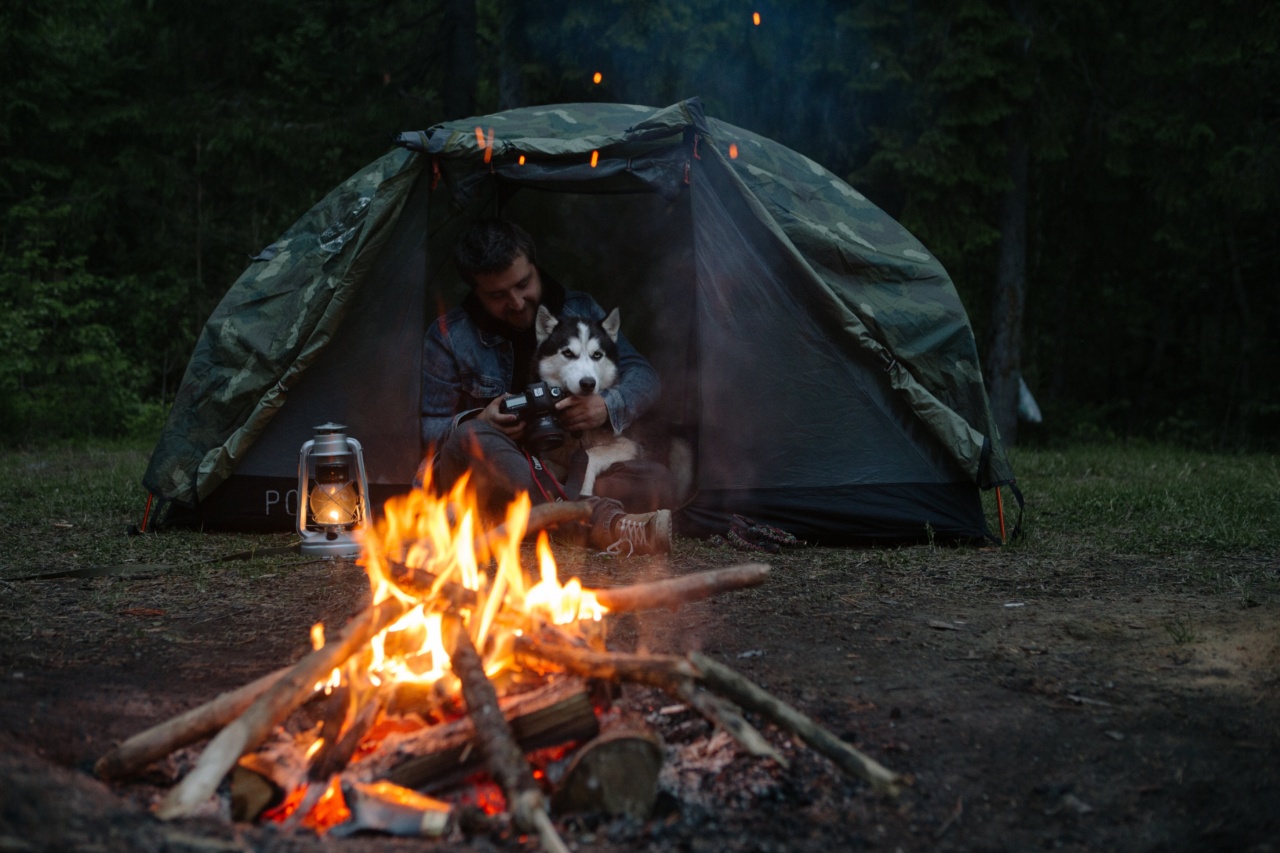Experiencing a house fire is a traumatic event that can cause significant damage and disruption to our lives. In the midst of the chaos, it’s important not to forget about our four-legged family members, specifically our beloved dogs.
Rehoming a dog after a fire can be a challenging and emotional process, but with the right practices in place, it can also be an opportunity for a fresh start. In this article, we will discuss the best practices for rehoming a dog after a fire.
1. Assessing the Dog’s Health and Safety
After a fire, it is crucial to assess the dog’s health and safety before considering rehoming. If the dog sustained any injuries during the incident, immediate medical attention should be sought.
Additionally, it’s important to ensure that the environment in which the dog will be placed is safe and free from potential hazards that may have resulted from the fire.
2. Finding Temporary Shelter
During the rehoming process, finding temporary shelter for the dog is essential, especially if the family is displaced due to the fire.
Reach out to local animal shelters or organizations that provide emergency pet housing to secure a safe place for your dog until a permanent home can be found.
3. Contacting Local Rescue Organizations and Shelters
Reach out to local rescue organizations and shelters to inquire about their rehoming procedures.
Many organizations have specific protocols in place for accepting dogs after a fire and may be able to provide valuable assistance and guidance throughout the process.
4. Assessing the Dog’s Emotional State
A fire can be an incredibly traumatic event for a dog, causing them to experience fear, anxiety, and stress. It’s important to assess the dog’s emotional state and provide necessary support.
Consider consulting with a professional dog behaviorist or trainer to help the dog overcome any emotional challenges before rehoming.
5. Completing the Dog’s Medical Evaluation
Before rehoming a dog after a fire, it is vital to complete a thorough medical evaluation.
This evaluation should include vaccinations, flea and tick treatments, heartworm prevention, and even spaying or neutering if these procedures have not been done already. Ensuring the dog’s health is essential for their overall wellbeing in their new home.
6. Creating a Comprehensive Profile for the Dog
When rehoming a dog, it’s important to create a comprehensive profile that highlights the dog’s personality, behavior, likes, and dislikes.
Include information about the dog’s history, any specific training they have received, and how they interact with other dogs, children, and strangers. Potential adopters will appreciate this information when considering whether to provide a new home for the dog.
7. Promoting the Dog for Adoption
Utilize various channels to promote the dog for adoption. Contact local community boards, rescue organizations, and animal shelters to feature the dog in their adoption programs.
Leverage social media platforms to reach a wider audience and share the dog’s profile and story. The more exposure the dog receives, the higher the chances of finding a suitable forever home.
8. Conducting Thorough Home Visits and Background Checks
When potential adopters show interest in rehoming your dog, conduct thorough home visits and background checks to ensure that the new environment will be suitable for the dog.
Look for signs of a safe, clean, and secure living arrangement that aligns with the dog’s needs. Additionally, screen potential adopters to verify their ability to provide a loving and responsible home.
9. Facilitating Proper Introductions and Transition Period
Once a suitable adopter is found, facilitate proper introductions between the dog and their new family members. Allow for a transition period where the dog can gradually acclimate to their new surroundings.
Offer guidance and support to the adopters to ensure a smooth transition for both the dog and their new family.
10. Providing Post-Adoption Support
Even after the dog has found their forever home, it’s important to provide post-adoption support. Follow up with the adopters to check on the dog’s well-being and offer any necessary assistance or advice.
This ongoing support will help ensure the dog’s successful transition and long-term happiness in their new home.































